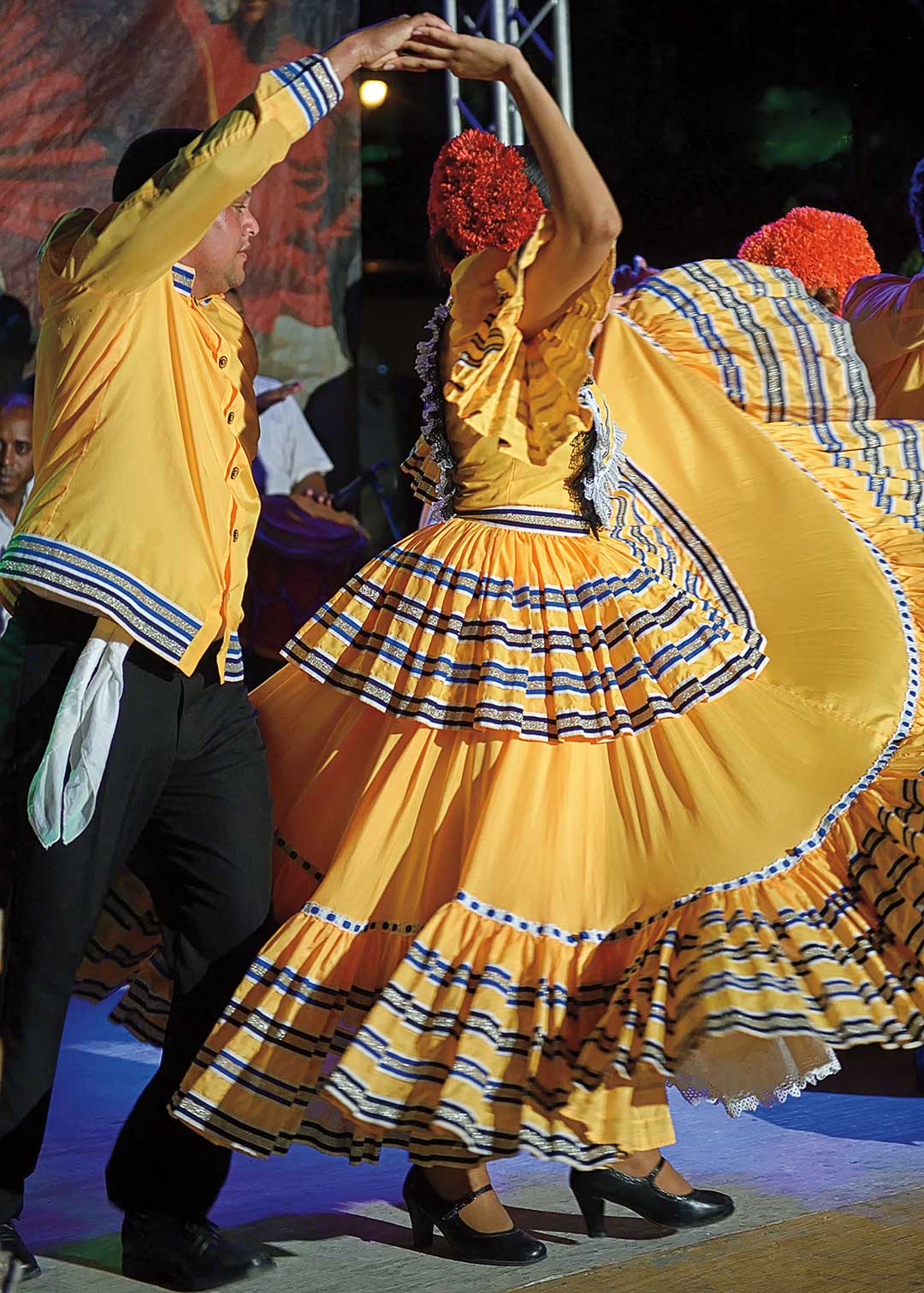The Buzz on Dance Fridays
Wiki Article
Indicators on Dance Fridays You Need To Know
Table of Contents10 Simple Techniques For Dance FridaysThings about Dance Fridays6 Simple Techniques For Dance FridaysThe smart Trick of Dance Fridays That Nobody is Discussing
The term "salsa" was created by Johnny Pacheco in the 1960s in New york city, as an umbrella term for Cuban dancing music being played in the city at the time. Salsa as a dancing arised right after, being a combination of mambo (which was prominent in New York in the 1950s) along with Latin dancings such as Boy and Rumba As American dancings such as swing and faucet.
The standard Salsa dancing rhythm is composed of taking 3 actions for every four beats of songs. Salsa professional dancers can likewise break apart to dance solo, understood as "lusters". The 2 primary styles of salsa are linear and circular.

What Does Dance Fridays Do?
Salsa dance is a worldwide dance that can be found in most urbane cities worldwide - https://www.flickr.com/people/199667635@N06/. Celebrations are held annually, usually called a Salsa Congress, in different host cities aimed to bring in a range of salsa professional dancers from various other cities and nations - salsa crazy. The occasions bring professional dancers together to share their interest for the dancing, build community, and share relocations and suggestionsInternational Salsa Congress, 2004 at Bangalore Video clip showing salsa dance fundamentals Over the years, numerous various styles of salsa dancing have progressed around the globe. Most of them are compatible with each other, but others are different enough to make dancing between professional dancers of various designs hard. Salsa has many similarities with various other companion dancings, the designs and abilities found out in salsa can be related to another Latin dance like Bachata. Incorporating other dancing designing strategies right into salsa dance has also ended up being usual, with professional dancers of one design integrating designs and activities of others to produce brand-new combinations of dance styles.

One of the most significant numbers in New York style salsa is Eddie Torres - salsa crazy (understood as "the Mambo King"), who is credited with assisting to formalize the on 2 salsa timing (based upon mambo) and aiding to promote it by instructing it in dancing workshops in New York and through early training tapes
Dance Fridays Things To Know Before You Get This
LA design salsa is danced in a line or "slot" with professional dancers exchanging settings throughout the dance, unlike Cuban salsa which is danced in a much more circular style.In this pattern, the leader steps ahead on 1, steps to the exactly on 2-3 while transforming 90 degrees counter-clockwise (facing to the left), leaving the port open. https://www.tumblr.com/salsacrazysf1/735757340036497408/salsa-and-bachata-dance-club-in-the-san-francisco?source=share. The follower after that steps straight forward on 5-6 and transforms on 78, while the leader makes one more 90 levels counter-clockwise and a little onward, coming back right into the slot
The "Vazquez Brothers" (Luis Vazquez, Francisco Vazquez, and Johnny Vazquez) are attributed for the early growth and development of LA Style. Luiz Vazquez was the founder of Los Angeles's first salsa dancing team, Salsa Brava.
Later professional dancers such as Alex Da Silva, Christian Oviedo, and Liz Lira are additionally attributed with developing the LA design of dancing as we understand it today. [] In Cuba, a preferred dance referred to as Gambling enterprise was marketed as Cuban-style salsa or Salsa Cubana abroad to differentiate it from other salsa styles when the name was promoted internationally in the 1970s.
Indicators on Dance Fridays You Should Know
The name Casino site is originated from the Spanish term for the dance halls, "Online casinos Deportivos" where much social dancing was done among the better-off, white Cubans throughout the mid-20th century and onward. Historically, Gambling enterprise traces its beginning as a partner dance from Cuban Kid, Cha Cha Cha, Danzn and Guaracha.This implies that no step is taken on the very first and 5th beats in each clave pattern and the 4th and 8th beat are stressed. This way, rather than following a beat, the dancers themselves add in their motion, to the polyrhythmic pattern of the songs. At the exact same time, it is usually danced "a tiempo", although both "on3" (originally) and "on1" (nowadays).
Report this wiki page